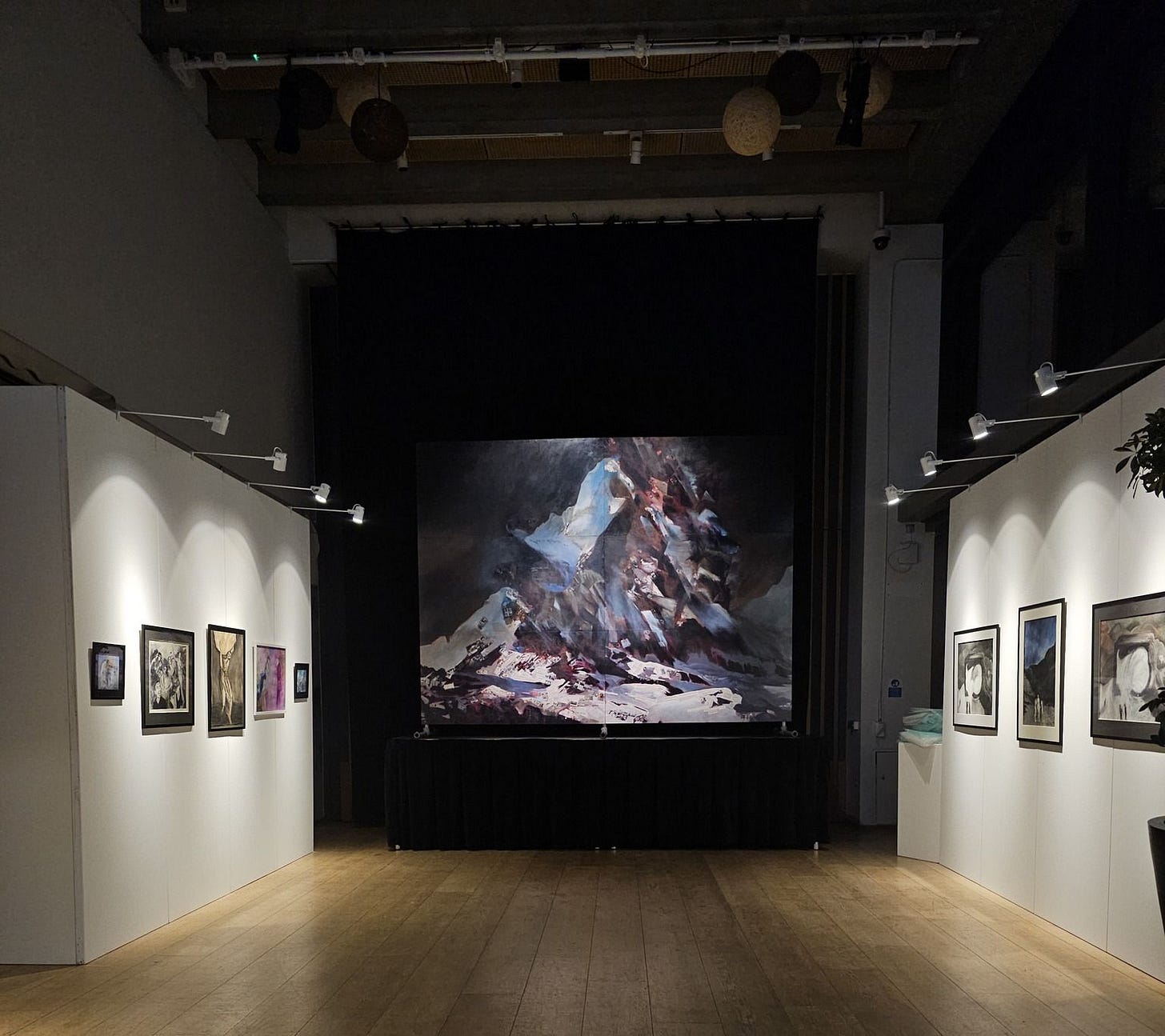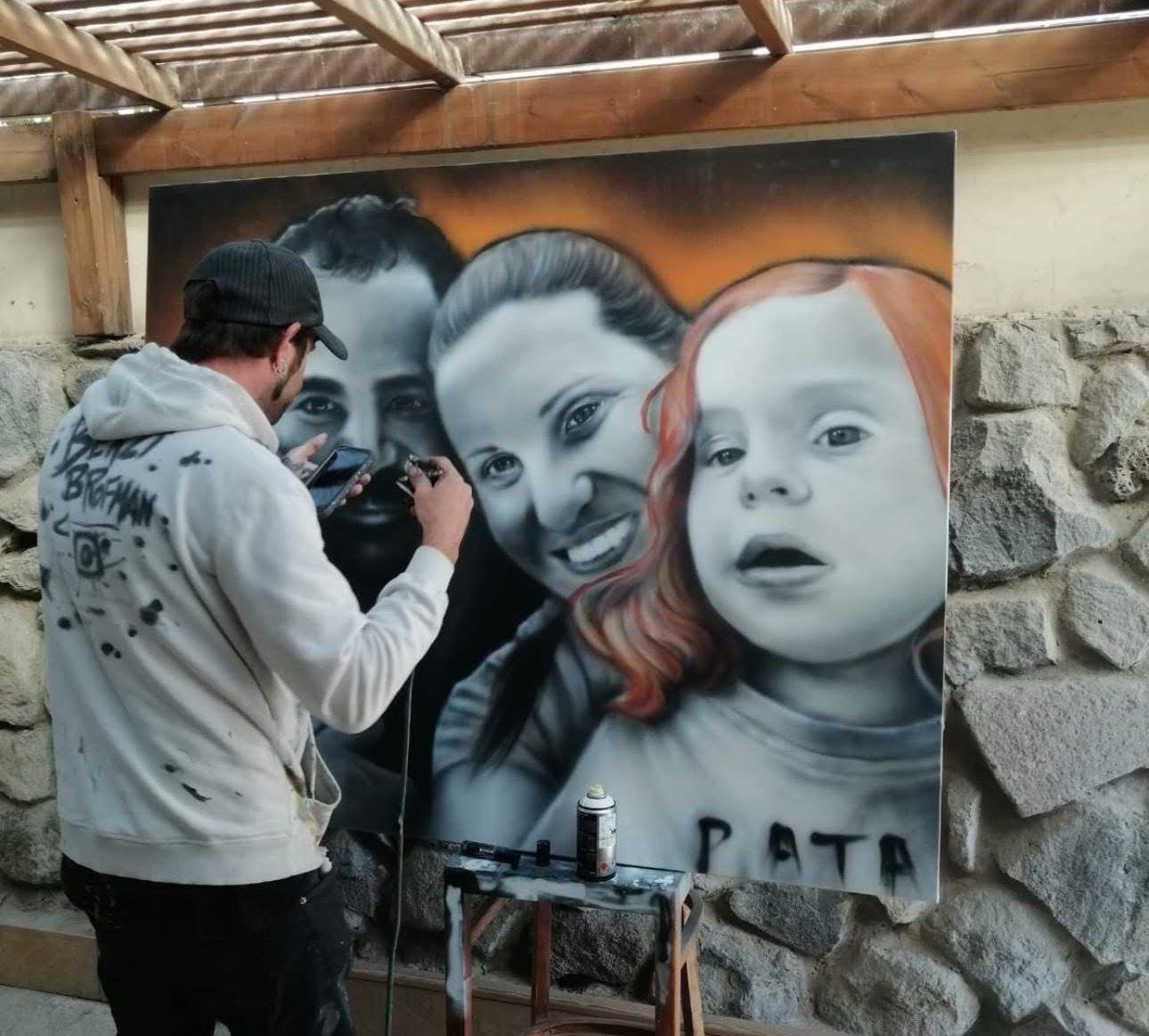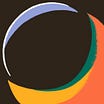Bearing WITNESS to antisemitism
The curators of a recent exhibition in London, Mina Kupfermann and Manick Govinda, explain why we cannot allow October 7th to be forgotten - and call out the denial of much of the UK art world.
In The Drowned and the Saved (1986), the Italian Jewish author Primo Levi, a survivor of Auschwitz, wrote:
We must be listened to: above and beyond our personal experience, we have collectively witnessed a fundamental unexpected event... It happened, therefore it can happen again: this is the core of what we have to say. It can happen, and it can happen everywhere.
This final work, published before his death in 1987, continues to resonate in the shadow of the Holocaust and the murder of six million Jews: It happened, therefore it can happen again.
On October 7th 2023, Israel experienced the deadliest pogrom against Jews since the Holocaust, carried out by the Islamist-Palestinian terror group Hamas. Over 1,100 people were brutally murdered, and more than 240 – children, women and men – were abducted and taken hostage. Since then, 82 hostages have been confirmed murdered in captivity. Today, 59 individuals remain held, among them Ilan Weiss, a relative of Mina Kupfermann.
In response to this atrocity, we – Mina Kupfermann and Manick Govinda – recently curated WITNESS, a five-day exhibition at London’s Jewish cultural hub, JW3, commissioned by the London Centre for the Study of Contemporary Antisemitism (LCSCA). WITNESS is, in the spirit of Primo Levi, an uncompromising act of remembrance and resistance through art. It confronts the horrors of October 7th and the trauma that followed – both for Israeli Jews and non-Jews. But it also reaches further back, reckoning with the resurgence of antisemitism that preceded that day: the hostility, scapegoating and silence faced by Jewish communities around the world, particularly in the UK.
The exhibition features works by three Jewish artists – Mina Kupfermann, Maya Amrami and Benzi Brofman – each bearing witness to this painful continuum.
Kupfermann’s gigantic piece, also titled ‘Witness’, is a visceral response to the surge in antisemitism during the Corbyn years in Britain. Created out of anguish, defiance and the urgent need to speak, her work captures the dislocation and fear felt by British Jews who found themselves maligned, gaslit and politically abandoned. It doesn’t ask for sympathy – it demands recognition.
Presented alongside an international conference, Contemporary Antisemitism, London 2025, co-hosted by LCSCA and the Comper Center for the Study of Antisemitism at the University of Haifa, WITNESS is both a cry and a challenge: to see, to remember and not to look away.
To our knowledge, no other art exhibition in the UK has responded to Hamas’s atrocities with such compassion and empathy for the 1,100 murdered by antisemitic terrorism carried out in the name of Palestine. Instead, we have seen large parts of the art world indirectly support or ignore the massacre of October 7th. Within weeks, publicly funded UK arts organisations issued statements in support of Palestine – while remaining silent on Hamas’s murderous pogrom. Some must be held accountable: Artsadmin, Wysing Arts Centre, ICA, Primary, The Mosaic Rooms and Shubbak. Thousands of artists signed an open letter published by Artforum supporting ‘Palestinian liberation’. WITNESS stands in stark contrast to this climate of denial and complicity.
Manick Govinda wrote in his curatorial text:
How should art respond to horror? Should horror be reflected back at us? Can art compete with the hyperreal, image-saturated world of social media, where truth is distorted by warring narratives, and it becomes nearly impossible to discern real from fake, sincerity from fabrication?
Pablo Picasso’s ‘Guernica’ (1937) remains one of the most powerful artistic responses to atrocity – a cry against a massacre. Yet even then, lies abounded. Reports claimed that Basque socialists had destroyed their own town, denying the truth that German and Italian air forces bombed Guernica at Franco’s request. Picasso wasn’t there, but he painted the truth.
That same struggle – between the internal world of the artist and the harsh reality of massacre – is at the core of Mina Kupfermann’s paintings, drawings, and installations. Her post-October 7th work transcends the horror inflicted on civilians by Hamas, Islamic Jihad and other terror cells.
After October 7th, Mina began reaching out to the friends and families of those killed at the Nova festival massacre at Re’im, asking if she could honour their loved ones through a painting. The result was ‘Nova’ (2024), a tribute to eight of the victims, portrayed forever dancing in the landscape from which they were torn. The daughter of Holocaust refugee and renowned artist Jacques Kupfermann, Mina has spent over a decade creating work around antisemitism.
Israeli street artist Benzi Brofman narrowly escaped the October 7th massacre. He had been painting live in Re’im on October 6th, but left early, following a premonition by his wife. Just days later, he found himself painting portraits of the murdered – friends and strangers he had just met. Since then, he has been painting non-stop in Israel and Europe, hoping to bring a little light into the darkness that has fallen on those lost and taken hostage. At the exhibition, he painted live throughout the duration of the conference.
Multidisciplinary artist and doctoral student Maya Amrami, based in London, received a flood of hate messages after October 7th. Depicted as a ‘golem’, stripped of humanity, she transformed that hate into self-portraits using AI, stitching the images into haunting fabric creations. Her work explores identity as fluid, highlighting the possibility of transformation and healing, while blurring the lines between the human and non-human, the individual and the collective.
Many visitors – Jewish and non-Jewish – were visibly moved by WITNESS.
‘It’s a very moving experience…One of those shows that you urgently need to see in person to get it.’ Andrew Renton, professor of Curating at Goldsmiths, University of London.
A major funding organisation has expressed interest in supporting the acquisition of some works for a British museum or gallery. We are actively seeking partners to extend the exhibition’s life and reach.
At the opening, Mina Kupfermann shared these words:
I often think about how my Dad, a Holocaust refugee and artist, might have viewed this work. He never talked about or painted his own experience – perhaps that would have been too painful. And I struggle with the feeling that no painting will ever be enough.
But then I think, there is nothing more that antisemites want than to make us invisible and our experience a nothing. And this exhibition says: No – we are here, and our experience is something – and it should be shared with those who wouldn’t normally get the chance to see it.
Manick Govinda is an independent arts consultant, artists mentor, curator and writer.
Mina Kupfermann is an artist and curator, film maker, animator, writer, editor and activist.









